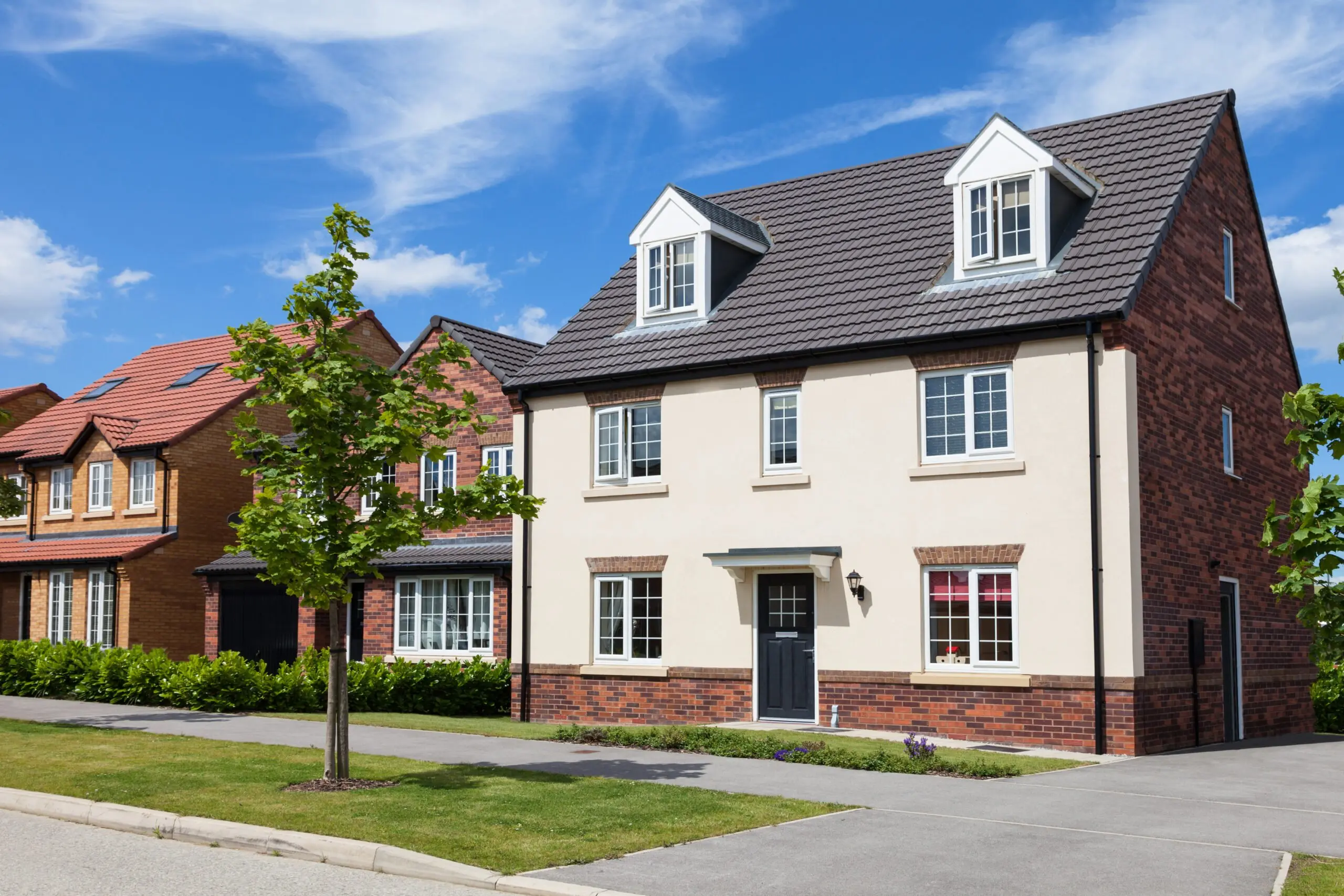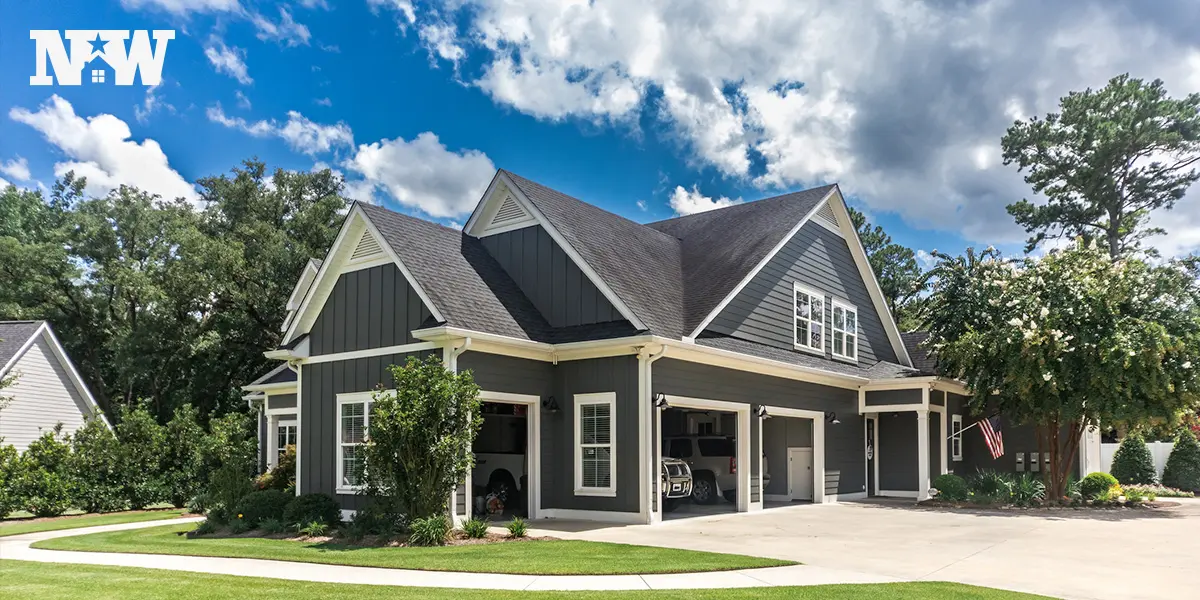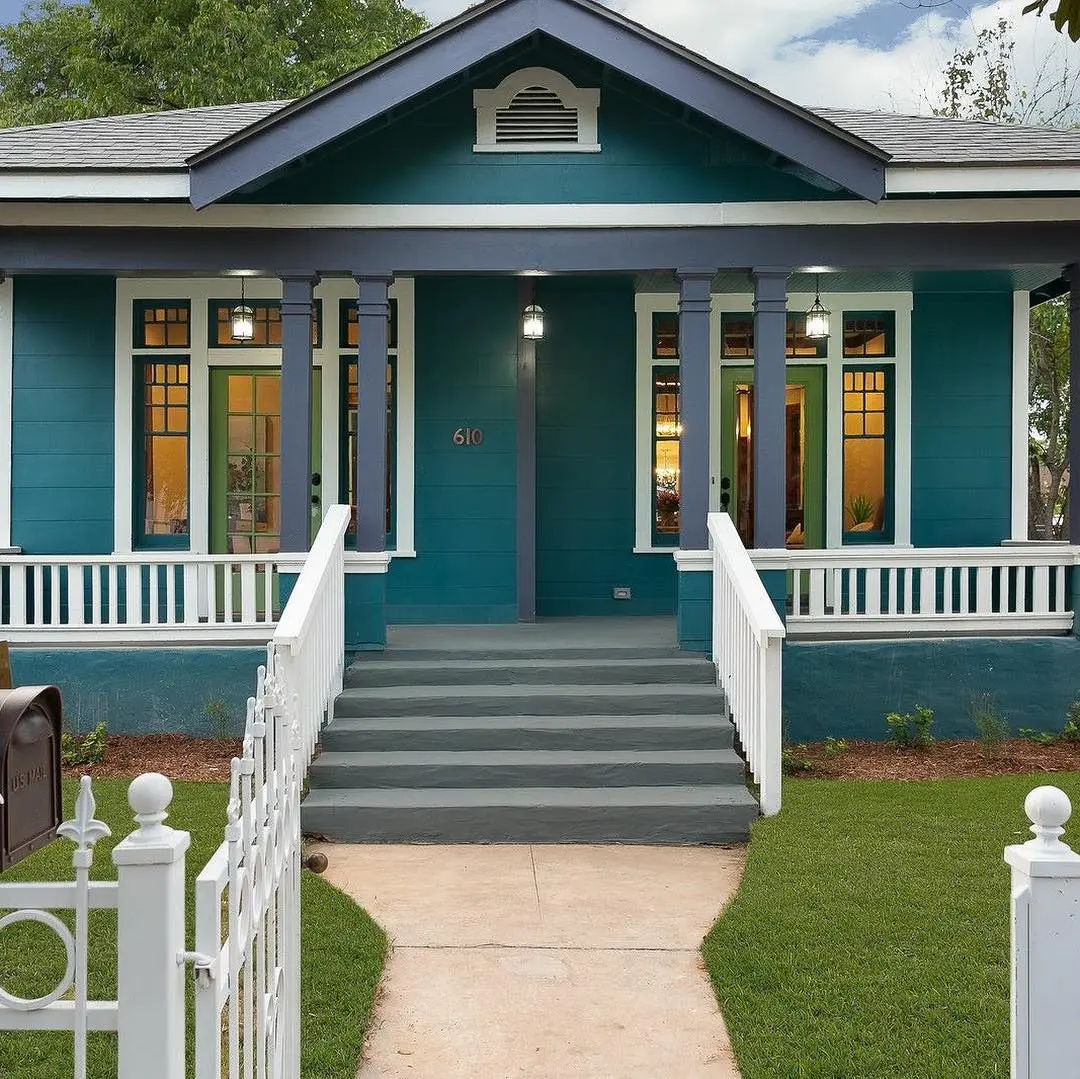Key Takeaways:
- Retirement through rental properties is based on generating passive income.
- The number of properties you need to retire depends on personal spending habits, the location of the property, any existing mortgage or debts, and expected rental income.
- A simple calculation model: Desired annual income ÷ (monthly net income per property * 12 months) = number of properties needed.
- Diversification across different types of properties and locations can minimize risk.
- Hiring a property management company can help manage multiple properties efficiently.
- Careful planning, understanding of the real estate market, and effective management of properties are crucial for retirement through rental income.
Understanding the Concept of Retirement Through Rental Properties
The Power of Passive Income
The cornerstone of retiring through rental properties is the generation of passive income. This is the income that requires little to no effort to earn and maintain. Picture this – you’re sunbathing on a picturesque beach, and your phone pings with a notification about a rent deposit into your bank account. That’s passive income – money you earn while you sleep, vacation, or enjoy time with loved ones.
Real Estate Investment Basics
To effectively plan for retirement through rental properties, you need to grasp the basics of real estate investment. It involves buying properties, often residential, and then renting them out. The rent you collect should ideally cover any mortgage payments, routine maintenance, taxes, and still leave you with a profit. This profit can serve as your income post-retirement.
How Many Properties Will You Need to Live Off of in Retirement?
Factors Influencing Your Property Count
The number of properties you need to retire is influenced by several personal and market factors. Some of these you can make immediate changes to control, while others will take more time and might depend on market factors out of your control. Here they are:
Personal Spending Habits
Your lifestyle choices and spending habits have a huge impact on the amount of income you’ll need in retirement. Every dollar matters, so reviewing and adjusting your budget or spending habits is an important part of this process. Let’s consider two scenarios:
- High-End Lifestyle: If you prefer traveling first-class, dining at nicer restaurants, and indulging in more expensive hobbies regularly, your monthly expenditure will obviously be higher than it would be otherwise. Naturally in this case, you would need more properties generating higher total rental income to sustain this lifestyle over any extended amount of time. Periodically spending more on a vacation or a nice dinner is different than having that be your consistent lifestyle.
- Modest Lifestyle: On the other hand, if your lifestyle is more modest and calculated – you tend to have more home-cooked meals, enjoy lower-cost or free activities, and are generally frugal with your spending – you likely will not need as many properties to comfortably support your retirement.
This all seems common sense, but you’d be surprised where all your money goes and how much you can save when you analyze your monthly spending over an entire year. In the end, only you can decide what you can and cannot live without in order to retire off of passive rental income.
Location of the Property
The location of your rental properties can make a significant difference in your rental income. If it is in a high-demand and/or developing area, then you might be able to raise the rent year after year while still charging a reasonable market rate. This accelerate the margin between Here are some examples:
- Tourist Hotspots: If your property is located near major tourist attractions, such as near Disney World in Orlando or the Las Vegas Strip, it could command a higher rent due to high demand, especially if you’re considering short-term rentals.
- Universities or Colleges: Properties located near universities or colleges often attract students looking for off-campus housing. While these properties might not fetch premium rents, they generally have high and consistent demand, leading to fewer vacancies.
- Business Districts: A property located near a bustling business district or a cluster of corporate offices can also fetch high rents. This is because such areas often have high demand from working professionals looking for convenience and short commutes.
- Suburban Areas: Suburban properties can be attractive to families looking for good schools, safety, and more living space. While the rent may not be as high as in the city center, these properties often attract long-term, stable tenants. The longer a tenant stays in the property, the less you’ll lose on vacancy and the less you’ll have to spend on marketing the property. Just make sure you clearly communicate in advance with the tenant about raising the rent if you plan on doing so. Sometimes you can save more by not raising the rent as much to keep a great tenant that you trust, then by raising the rent more and having to find a new tenant to pay the higher price.
- Rural Areas: In contrast, properties in rural areas or small towns generally have lower rents due to less demand and fewer nearby amenities. However, if the property is in a popular countryside vacation spot or a region known for its natural beauty, you might be able to charge a higher rent, especially for short-term holiday rentals.
Remember, every location has its unique pros and cons, and the best choice depends on your investment strategy, financial goals, and risk tolerance.
Mortgage and Other Debts
The amount of debt associated with your properties will impact your net rental income. Here’s how:
- Mortgage-Free Property: If you own a property free and clear, with no mortgage, all rental income (minus operational expenses and taxes) is yours. This means you retain a higher portion of the rental income, potentially reducing the total number of properties needed for your retirement income goal.
- Mortgaged Property: However, if a property still has a mortgage, a part of the rental income will go towards mortgage payments, reducing the net income. In this case, you might need more properties to meet your retirement income goal.
Expected Rental Income
The expected monthly rental income from each property will greatly influence the number of properties you need. Here’s an example:
Suppose you own two types of properties. The first type is a single-family home that you rent for $2000 per month. The second type is a small condo that you rent for $1000 per month. Even though you might own more condos, the single-family homes are providing twice the income of the condos. So, having more properties with higher rental income could potentially reduce the total number of properties you need to reach your retirement income goal.
Calculating the Numbers on Rental Property Income
Remember that these are basic calculations that work in general for most situations. There are exceptions and unforeseen life events that can always change the numbers. So we recommend giving yourself some extra wiggle room when doing the math on when you can retire and live just on rental property income.
A Basic Calculation Model
This model helps estimate the number of properties you’ll need for retirement. Here’s how it works, using a couple of different scenarios for clarity:
- Scenario A: Suppose you want to retire with an annual income of $50,000. If each of your properties, after all expenses (including mortgage, taxes, insurance, maintenance, etc.), nets you $400 a month, that’s $4,800 per year per property. So, to reach your goal, you would need around 11 properties ($50,000 ÷ $4,800 ≈ 10.4).
- Scenario B: If your retirement goal is $100,000 per year with the same$400 net income per month average per property, then you’d need about 21 properties ($100,000 ÷ $4,800 ≈ 20.8) to reach your goal. However, if each property nets you an average of $800 a month ($9,600 annually), you’d need around 11 properties ($100,000 ÷ $9,600 ≈ 10.4).
You can take this simple formula and change the numbers around to get an idea of how many and what type of properties you’ll need to retire off of just that rental income. Inflation can be a factor as well, but generally speaking, the cost of living and the price of rent will go up at a somewhat similar rate. This is especially true within a specific area or region. So while it might take more to retire in 10 years, your rental income should also be increasing at a similar rate and compensate for the additional cost of living.
Tips to Achieve Your Retirement Goal with Rental Properties
Diversification and Balancing in Your Strategy
Investing all your money in one type of property or one location can expose you to unnecessary risk. Diversify your portfolio across different types of properties and in different markets. For example, you might have a mix of residential homes, duplexes, and condos across both urban and suburban areas. That way if the market swings one way or another, you should be able to weather the storm.
Hiring a Property Management Company
As your portfolio grows, so will the demands of managing it. Responding to tenant needs, handling maintenance, and staying on top of regulations can be time-consuming. Hiring a property management company can help you handle these tasks efficiently. This allows you to enjoy your retirement while the company ensures your properties remain profitable. Having a property management company take care of the day-to-day can also allow you to continue to increase your rental property portfolio in retirement if you wish. You acquire and they manage.
You’ll want to research a company before hiring them. We suggest that you talk to current and former clients to get their experiences first-hand.
Conclusion
Retiring on rental income is a dream many aspire to. While the number of properties you need to achieve this dream varies depending on numerous factors, careful planning and understanding of the real estate market can help you get there. Remember, it’s not just about the quantity of properties but also about the quality of your investments and how you manage them.
FAQs
- How do I start investing in rental properties?
Answer: Begin by educating yourself about the real estate market and the basics of property investment. Then, assess your financial situation and set clear, achievable goals. It may also be helpful to consult with a real estate advisor or experienced investor. - Can I manage rental properties myself?
Answer: Yes, you can, especially if you have a small number of properties and they are located close to your residence. However, as your portfolio grows, you might find property management companies helpful in handling day-to-day tasks. - How can I maximize my profits from rental properties?
Answer: Regular maintenance to prevent costly repairs, strategic upgrades to increase property value, and thorough tenant screening to avoid vacancy or eviction costs can help maximize profits. Diversifying your investment across different markets can also help. - Is investing in rental properties a good retirement plan?
Answer: Yes, investing in rental properties can provide a stable passive income in retirement. However, it requires careful planning, financial acumen, and consideration of market trends.







